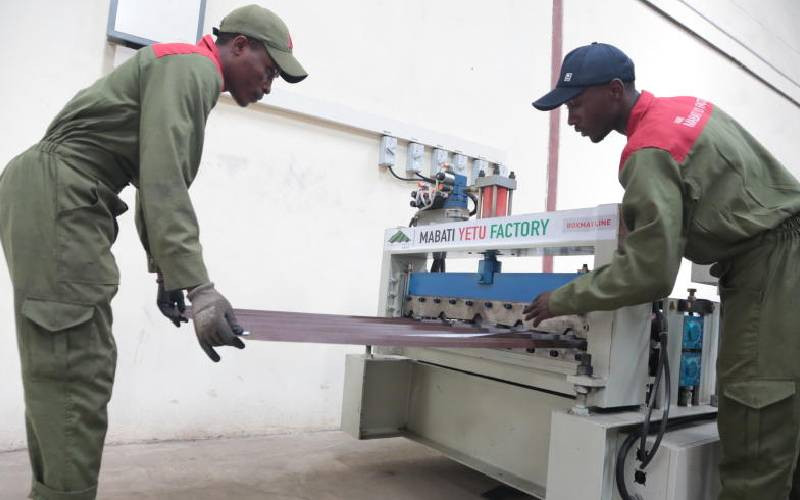×
The Standard e-Paper
Kenya’s Boldest Voice

Kenya's shrinking manufacturing sector and growing debt burden have been singled out as the limiting factors to the growth of Kenya's economy in the upcoming 2024/25 financial year by two new separate reports.
Agriculture, which is the backbone of Kenya's industries, is not expected to be as vibrant as was the case last year.